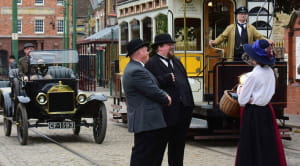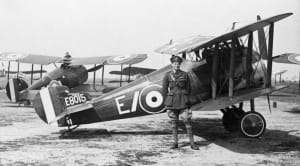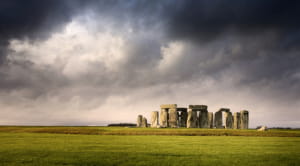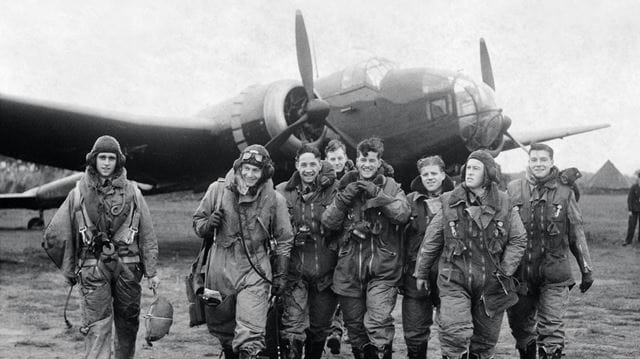
Fierce fighter pilots, daring raids and the world-renowned Spitfire – WW2 and the Battle for Britain mark the most famous moments of RAF history
If it was conceived and born during WWI, the RAF came of age in WW2. Discover memorable dates from 1939 and onwards, to the Cold War and the present day.
During World War II the nation was hungry for heroes and it found them in men like Eric Lock and Douglas Bader, the fighter pilots who took on and beat the world’s biggest and most formidable air force, the Luftwaffe, in the most iconic plane.
“Wherever the Spitfire was introduced, the RAF got the edge in terms of air superiority,” says Michael Napier. “It really was the machine that earned its place in history, 100 times over. And the Battle of Britain was undoubtedly a huge victory won by the RAF. Not just Fighter Command, but the entire Force.” The RAF starred in high-profile operations elsewhere, too, including specialized attacks such as Squadron 617’s famous Bouncing Bomb mission in 1943. Yet much of the Force’s best work remains under the radar of general awareness.
“During the Battle of the Atlantic, RAF planes were there to spot U-Boats,” Michael explains. “Had they not done that, I suspect the battle could have gone the other way. Likewise, the advance through North Africa and into Italy was largely possible only because of the air support provided by the RAF. Unfortunately, that side of things was overwhelmed in history by the Bomber Command offensive, which I’m not sure achieved its objective.”
Here he touches a nerve. After 1942, RAF Bomber Command, together with the US Army Air Forces, dropped 1,030,500 tonnes of bombs on Germany, in a strategic campaign that included targeting industrial and civilian areas, resulting in the utter destruction of cities including Dresden. Even when focused on military targets, accuracy was poor, especially when daylight raids were halted very early on because of high casualty rates, and night-time bombing began.
Discover more profiles of key moments in our history:
Find out about the RAF's early years
Celebrate the anniversary of the D-Day landings
Look back at the space race that led to the first man on the moon
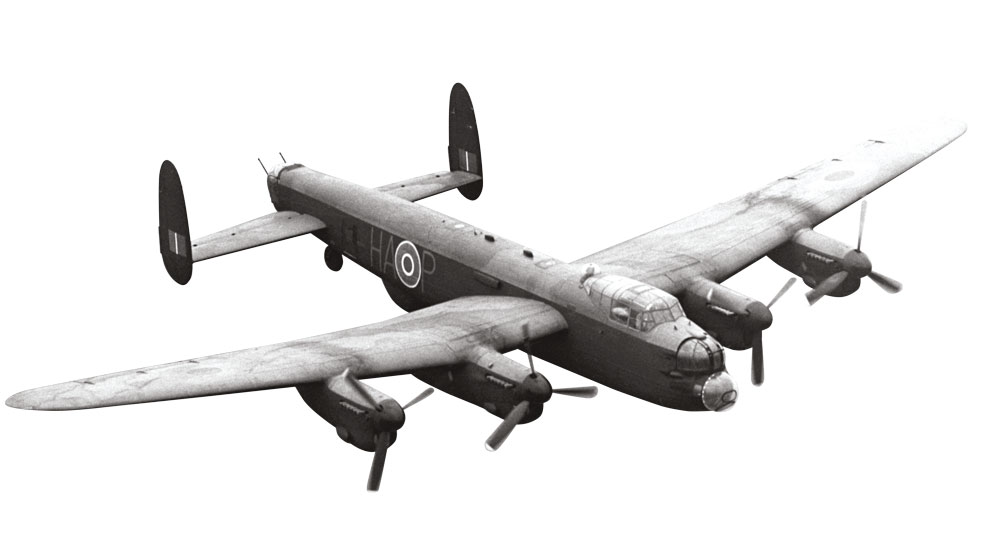
A battle for Britain
Few doubt the bravery of the airmen involved, but the campaign’s effectiveness has been questioned, and losses were huge. Of 125,000 aircrew, 55,573 were killed and many more became prisoners of war.
Flight Lieutenant Russell ‘Rusty’ Waughman was one of the lucky ones. “We lost 25% in training alone, mostly because the aircraft weren’t fit for operational flying,” he recounts.
“In my squadron’s first five operations, the casualty rate was 40%, and in early ’44, during the Battle of Berlin, our attrition rate was 60%. We had mid-air collisions, we were blown upside down, we had no end of fighter attacks and bits missing, which was all quite common… but we were fortunate.
“After my 30th operation, on D-Day, the station commander showed me his chart and said, ‘You’re the first crew to finish your operational tour in six months.’ It was only then it really sank in. The Battle of Britain pilots, the Brylcreem Boys, they get most of the glory now. And rightly so, because they had a rough time. But Bomber Command, having carried the war to Germany for two years, didn’t get the recognition it deserved. It was hardly mentioned in the victory speeches and wasn’t represented on the victory parade.”
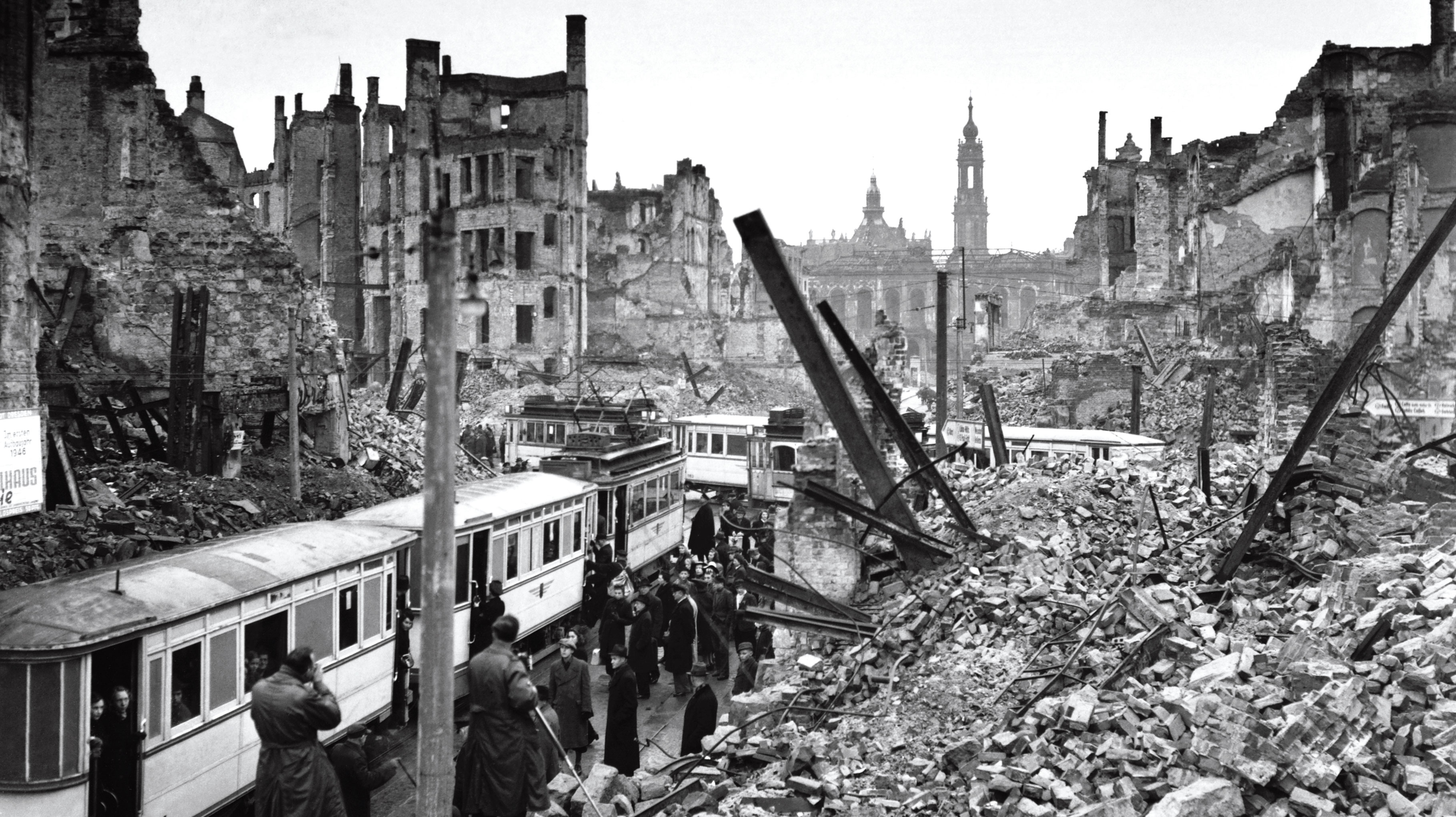
Major moments in WW2
- 1940: The year after WW2 breaks out, the RAF claims victory in the Battle of Britain by defeating an all-out Luftwaffe attack on London.
- May 1943: The Dambusters attack and successfully breach the Möhne and Eder dams with bouncing bombs.
- 13-14 February 1945: Bomber Command drops thousands of incendiaries and bombs on Dresden, with an estimated 50,000 casualties.
- 25 April 1945: Bomber Command attacks Hitler’s mountain hideout before suspending offensive operations. Nazi Germany surrenders on 8 May. The last RAF action of WW2 is against Japanese troops on 20 July.
The RAF and the Cold War-era
As WW2 ended and the Cold War began, the RAF went from attacker to saviour during the Berlin Blockade of 1948-49, when Dakota planes airlifted supplies into the divided German city after the Soviet Union cut off access.
Other operations in the Middle East, Africa and Asia were less peaceful, and although the empire largely fell away during the two decades after WWII, Britain increased the capacity of its air force to stand strong alongside its NATO allies. The RAF also took responsibility for the country’s new nuclear deterrent, which was maintained by the V bomber fleet before passing to the Royal Navy’s submarine force.
Britain’s biggest Cold War-era engagement was during the Falklands conflict. But subsequent events – including wars in Iraq, the Balkans, Afghanistan and Libya, as well as a range of natural disasters – have seen the RAF mount multiple operations and provide humanitarian relief in the last 20 years.
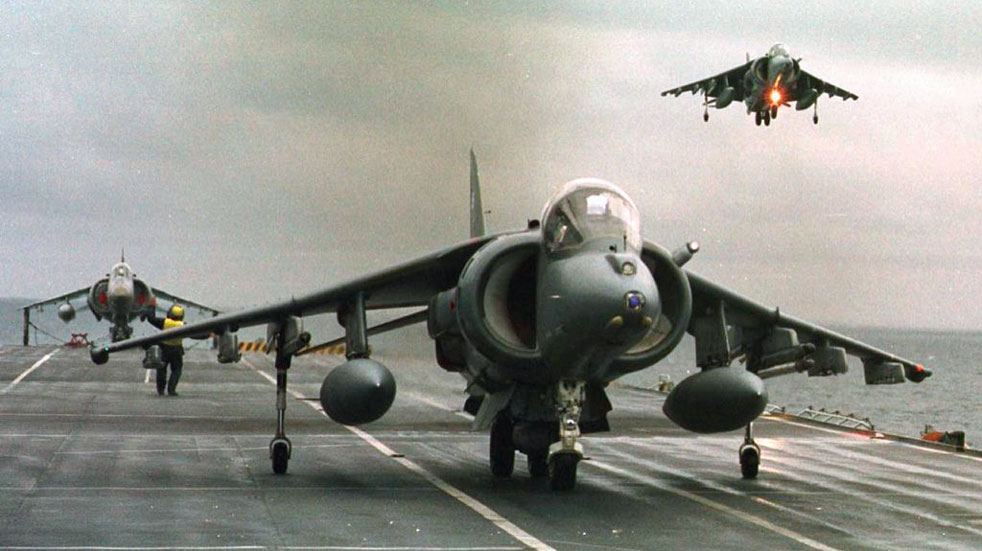
Our air force today
Yet the size of the service has been further reduced with each White Paper, and in 2015 seven decades of RAF Search and Rescue provision in Britain came to an end, with a private contractor given the role.
Which all rather begs the question: can the UK continue to afford an independent air force and, if so, what will the RAF look like 100 years from now?
“There will be a lot of unmanned vehicles,” opines Michael. “We currently have two squadrons of drones – that will increase, but I don’t think manned aircraft will disappear. I think there will be an aerospace element, with use of the exosphere for reconnaissance and so on. The service can’t shrink much more and remain viable, but unfortunately I can’t see the world getting any more stable, so I think there remains a real need for the RAF.”
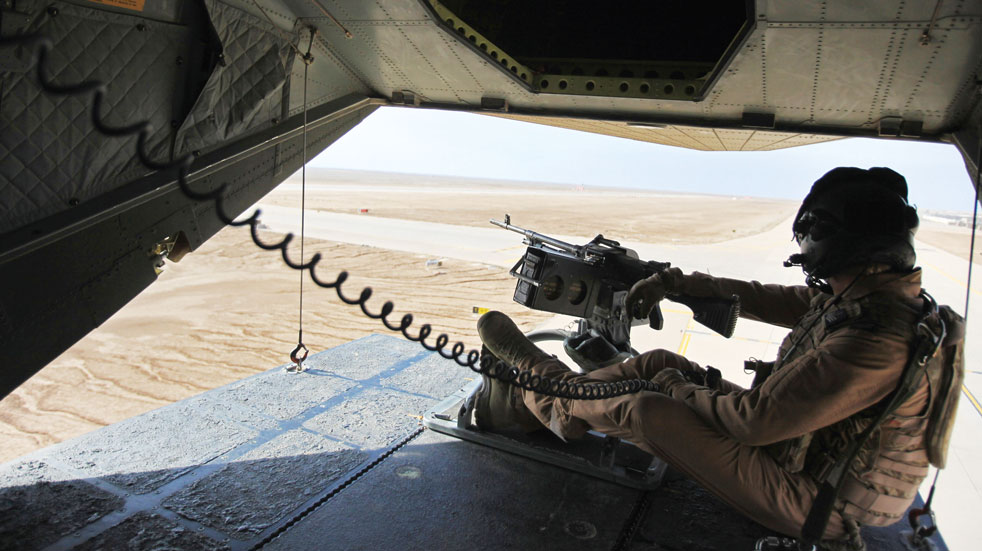
More from the RAF’s history
- 1950-53: Already embroiled in Operation Firedog in Malaya, the RAF joins operations against North Korea after it attacks its southern neighbour. In 1952, it also begins operations during the Mau Mau Uprising in Kenya.
- 1956: The RAF sees action during the Suez Crisis, a conflict that reveals Britain’s diminishing influence over the Middle East.
- 1960: Starting with a response to an earthquake in Morocco, the RAF begins providing humanitarian aid after international natural disasters.
- 1962: The RAF’s V bomber fleet assumes responsibility for Britain’s nuclear deterrent.
- 1964: The RAF’s various display teams are amalgamated to form the Red Arrows.
- 1982: The RAF sends planes into combat during the Falklands War, after Argentina invades the islands.
- 1990-91: The RAF flies over 6,000 sorties as part of Operation Desert Storm in the Gulf War, after Iraq’s invasion of Kuwait.
- 1994: Flight Lieutenant Jo Salter becomes the RAF’s first woman combat jet pilot.
- 1999: The RAF joins a NATO offensive against Serbia over Kosovo, providing ground-attack jets, plus helicopters.
- 2001: The RAF begins providing support to US and, later, NATO operations in Afghanistan following the 9/11 attacks on New York’s World Trade Center.
- 2003: During the Iraq War, the RAF takes part in a large number of coalition sorties and the RAF Regiment is deployed to Basra.
- 2011: The RAF flies 3,000 sorties over Libya as part of a NATO operation after Gaddafi is overthrown in a revolution and civil war erupts.


